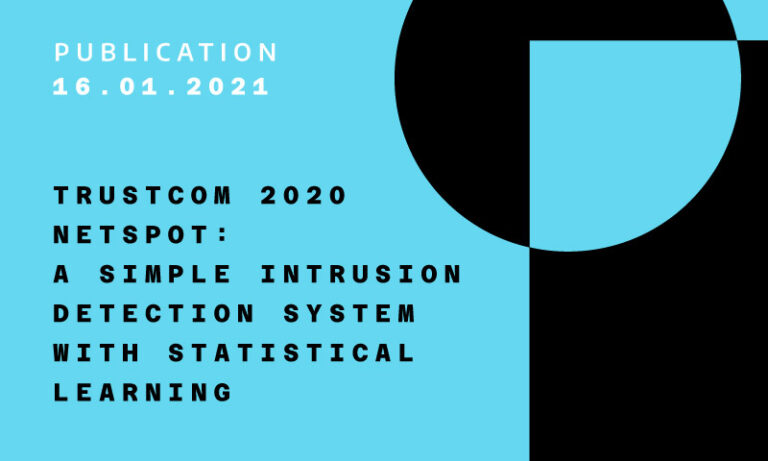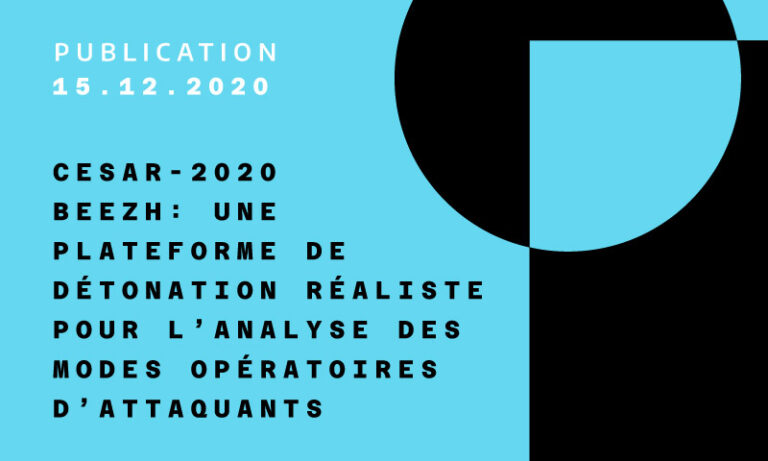07/05/2015
Publications
ASIACCS15 / Automated Identification of Cryptographic Primitives in Binary Code with Data Flow Graph Isomorphism
Pierre Lestringant, Frédéric Guihéry / Amossys & Pierre-Alain Fouque, Université de Rennes 1
Abstract
Softwares use cryptographic algorithms to secure their communications and to protect their internal data. However the algorithm choice, its implementation design and the generation methods of its input parameters may have dramatic consequences on the security of the data it was initially supposed to protect. Therefore to assess the security of a binary program involving cryptography, analysts need to check that none of these points will cause a system vulnerability. It implies, as a first step, to precisely identify and locate the cryptographic code in the binary program. Since binary analysis is a difficult and cumbersome task, it is interesting to devise a method to automatically retrieve cryptographic primitives and their parameters.
In this paper, we present a novel approach to automatically identify symmetric cryptographic algorithms and their parameters inside binary code. Our approach is static and based on DFG (Data Flow Graph) isomorphism. To cope with binary codes produced from different source codes and by different compilers and options, the DFGs is normalized using code rewrite mechanisms. Our approach differs from previous works, that either use statistical criteria leading to imprecise results, or rely on heavy dynamic instrumentation. To validate our approach, we present experimental results on a set of synthetic samples including several cryptographic algorithms, binary code of well-known cryptographic libraries and reference source implementation compiled using different compilers and options.









